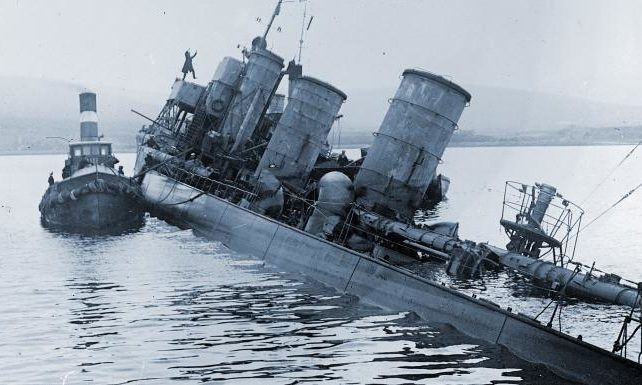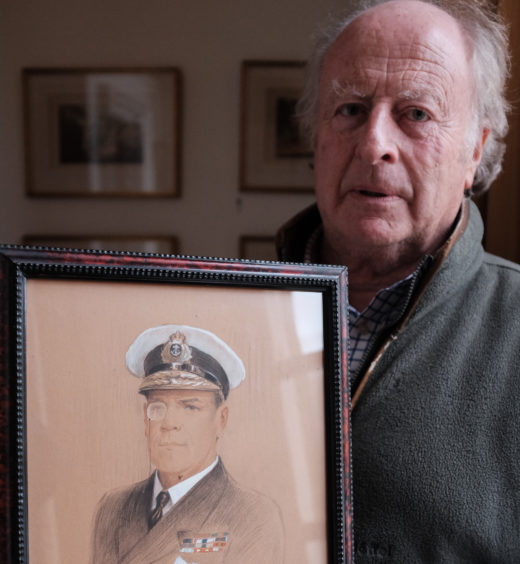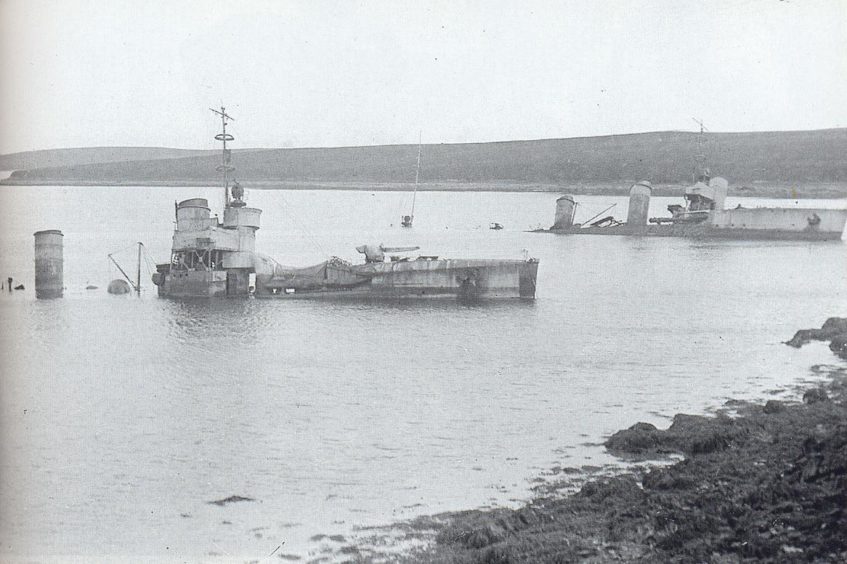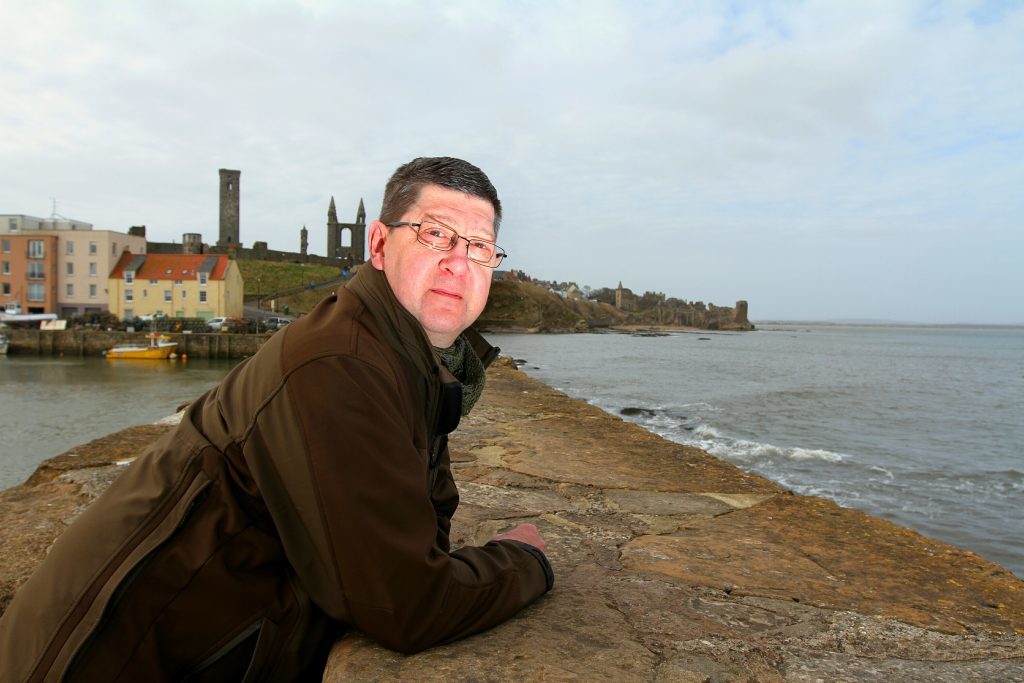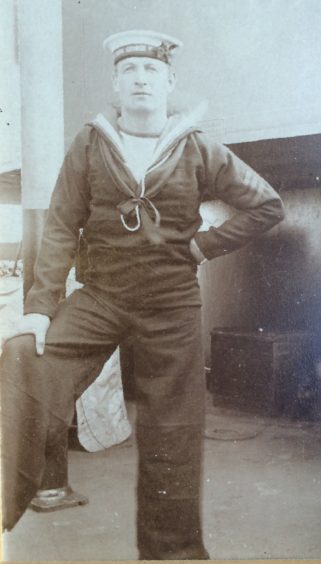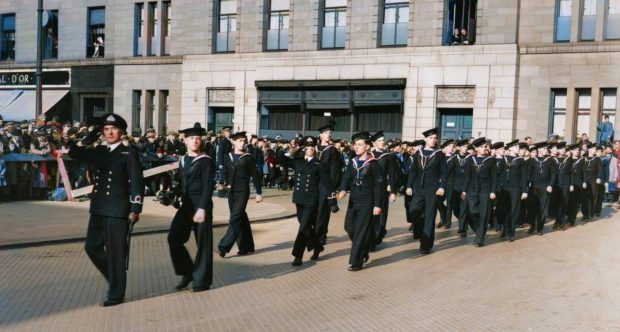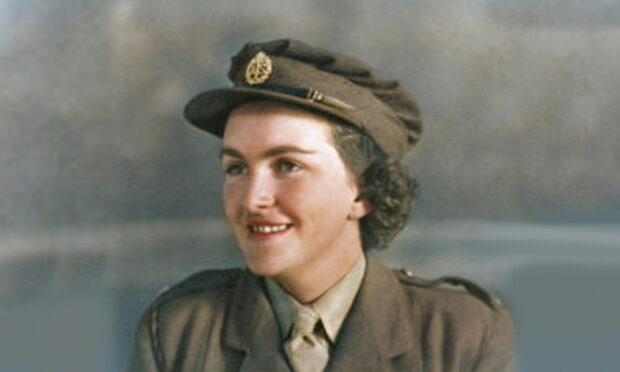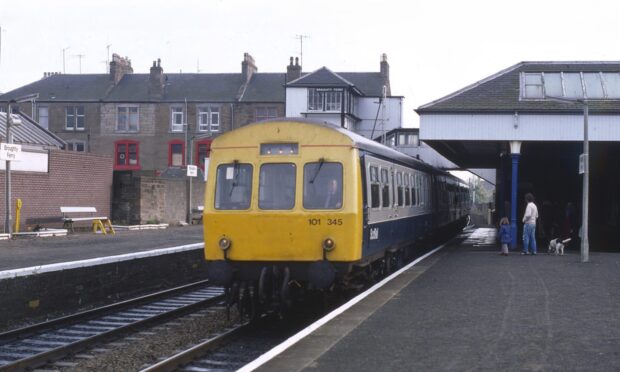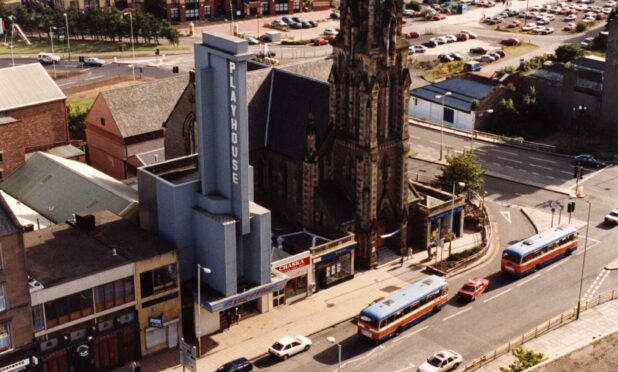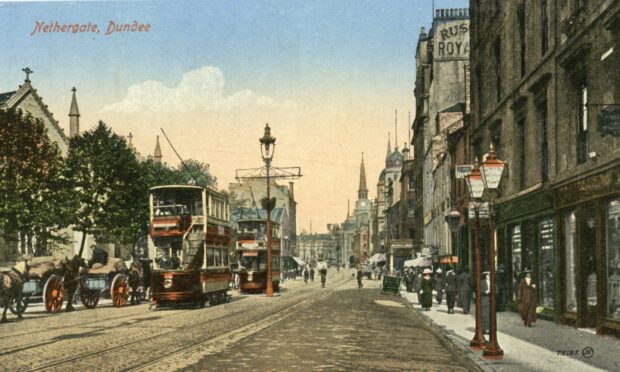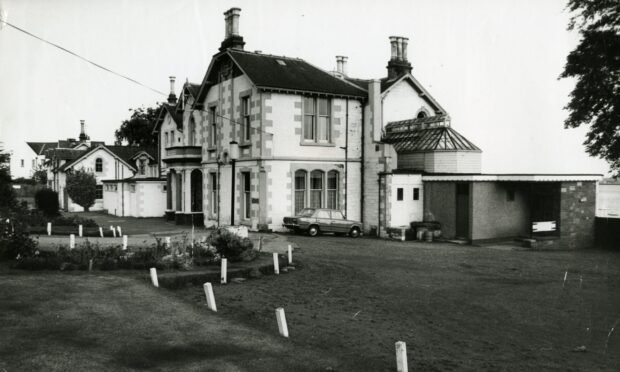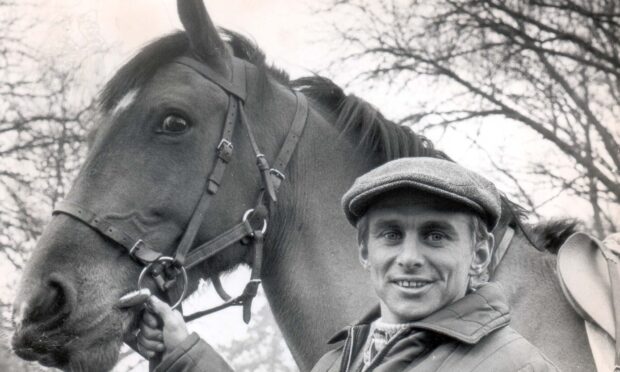One hundred years after the scuttling of the German High Seas Fleet at Scapa Flow in the Orkneys – viewed by many as the final act of the First World War – Michael Alexander reveals how Fife is closely connected with this infamous moment in global history.
When the German fleet surrendered en masse in the outer Firth of Forth on November 21, 1918, it was apt that it happened within sight of the family home of a Fife man who was the senior British representative present when the Armistice ending the First World War was signed 10 days earlier.
First Sea Lord Admiral Sir Rosslyn Wemyss – 1st Baron Wester Wemyss – who grew up at Wemyss Castle on the southern shore of Fife, near West Wemyss, was present when the Armistice was famously signed in French military leader Marshal Ferdinand Foch’s railway carriage in the Forest of Compiegne.
However, it was Sir Rosslyn who also suggested that the fleet be moved north to be interned at Scapa Flow in Orkney to await their fate – and on June 21, the 100th anniversary of the German High Seas Fleet being scuttled by German naval commanders under the mistaken belief that peace talks had failed, his role will be remembered.
Sir Rosslyn Wemyss’ great great nephew Michael Wemyss who runs the Wemyss Estate in Fife today, said there had always been controversy about the decision to gather the German fleet in the natural harbour of Scapa Flow.
However, he told The Courier his ancestor always stood by the decision and was actually “relieved” when the scuttling happened.
He said: “I believe that Admiral Wemyss was extremely concerned over what appeared to be a plan as part of the post war treaty that the German fleet would be shared out between those countries that had been involved in opposition to Germany and that this could lead to a change or imbalance in naval power in Europe.
“He was therefore particularly keen that Britain should have control over what happened to the German fleet while the terms of the Versailles Treaty were being worked on.
“The implementation of the containment of the German fleet at Scapa Flow was I think under the command of Admiral Beatty and was probably not particularly well handled with insufficient British ships or sailors on station with the German seamen poorly looked after and heavily constrained as part of the Allies “Retaliation”.
“After the scuttling, Admiral Wemyss was recorded as saying that he was in principle relieved as this took away the possibility of what he feared most – a change or imbalance of naval power in Europe. In this I believe most felt that he was right.”
Of the 74 ships of the German High Seas Fleet that had been disarmed and which arrived in Scapa Flow for internment as part of the Armistice agreement, 52 ships went to the seabed on June 21, 1919 after Rear Admiral Ludwig von Reuter ordered German crew to open the seacocks, torpedo tubes, portholes and smash the on-board water pipes amid concerns they would fall into British hands.
The Friedrich der Grosse was the first to list over and gradually sank below the waves on what remains the greatest loss of shipping ever recorded in a single day in terms of tonnage.
Fights broke out when Royal Navy men attempted to prevent the sinkings and stop escapes, and nine German sailors were shot and killed –officially recorded as the last “killed in action” fatalities of the First World War.
In the years that followed, the majority of the German ships were raised during one of the most remarkable salvage operations ever attempted.
However, seven vessels remain and they continue to attract divers from across the world.
Internationally-renowned marine archaeologist Neil Cunningham Dobson, from St Andrews, has helped salvage of some of the deepest and largest precious metal recoveries from shipwrecks worldwide in recent years.
However, as a tutor with the Nautical Archaeology Society, he also feels close affinity to Scapa Flow as in the past he has run archaeological training courses for divers there.
His grandfather Jim Cunningham, also from St Andrews, was a bosun on the HMS King George V that was present at Rosyth when the German fleet surrendered there in November 1918 while his late-father Norman was a merchant navy radio officer who spent time in Scapa Flow during the Second World War.
Neil, 62, a former member of St Andrews coastguard who is descended from generations of St Andrews fisher folk, said: “Scapa Flow is unique and is of great historical and archaeological significance with strategic significance in both wars.
“Of course the sites must be protected and access controlled so that the wrecks remain for as long as they can, although eventually the steel will all rust away.
“Technology today is such that it can record all the wrecks in great detail, produce 3D images and make that data available.”
Asked for his views on reports this week that four of the wrecks are being sold on eBay – with an asking price of just over £800,000 – he added: “All shipwrecks have a value, buying one means that you are responsible for it. The information and history of the wreck and the people who served on them is the real treasure.
“However, other wrecks – such as the Royal Oak sunk by a U-boat at the entrance to Scapa Flow during the Second World War – are designated as war graves and should not be touched.”
